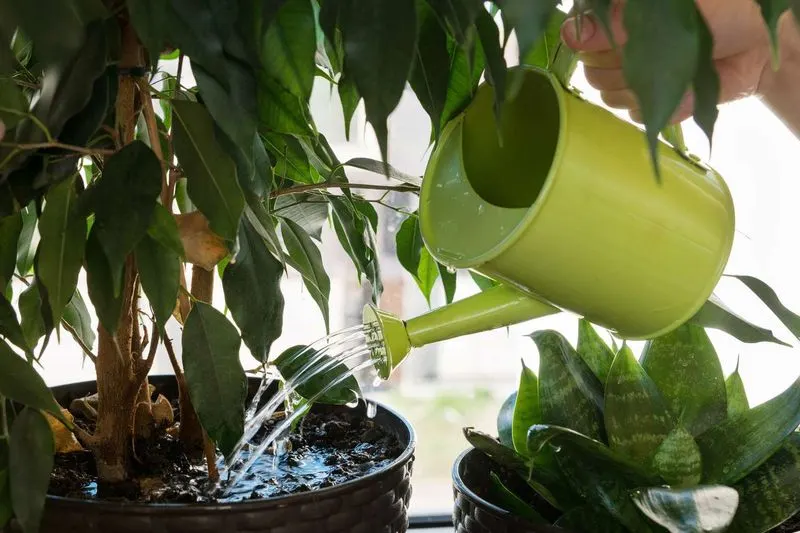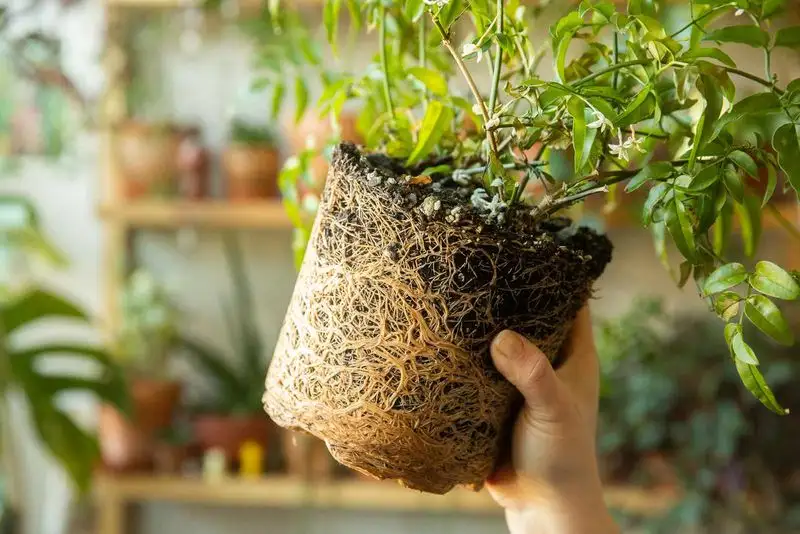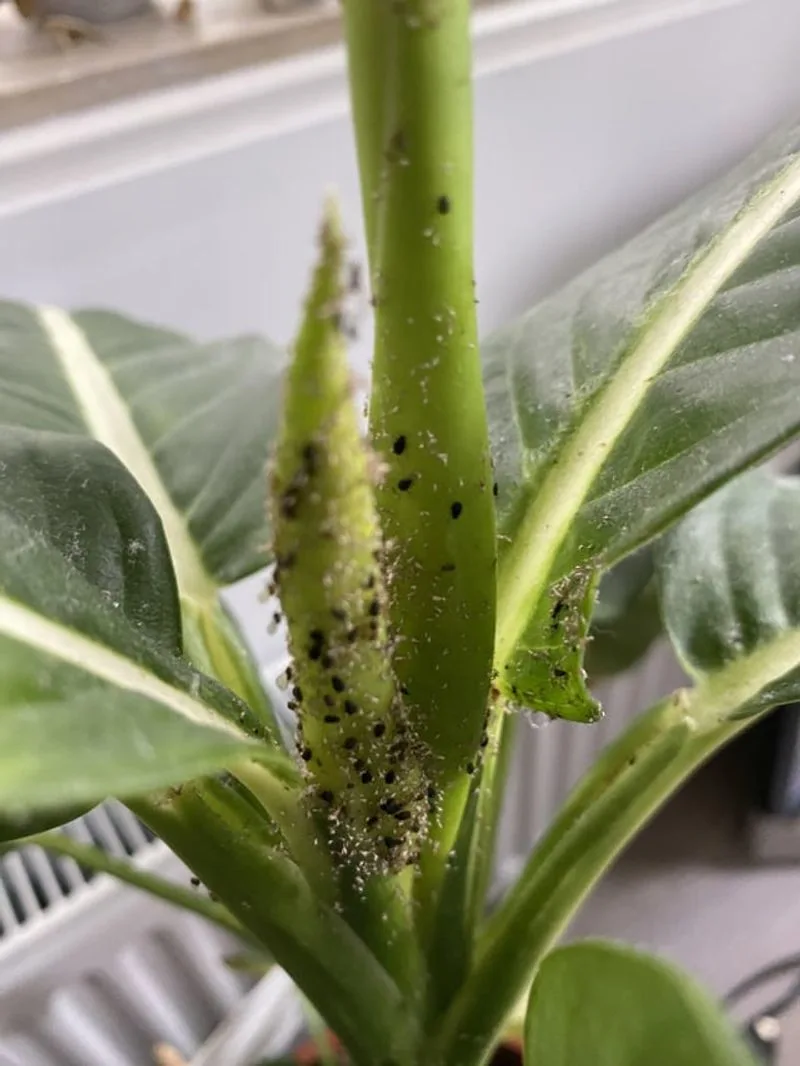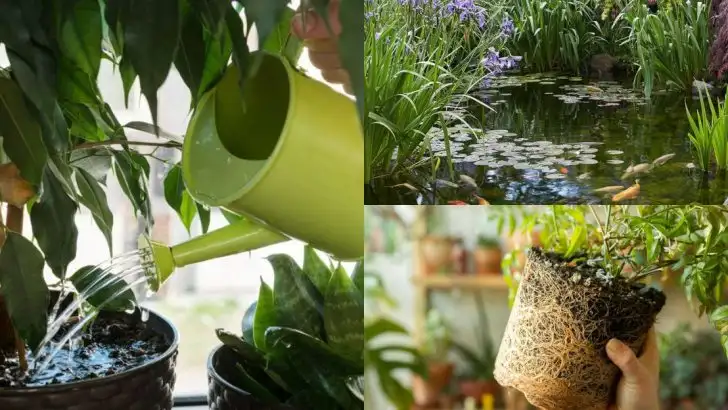Your plants are pleading for rescue! Despite your diligent watering, they droop like defeated warriors. What gives? Something under the surface is sabotaging your garden’s potential. Imagine your vibrant oasis slowly turning into a sad parade of withering leaves. The culprit might be waterlogged roots, hidden pests, or poor drainage that traps every precious drop. Overwatering can drown your greenery, leaving them gasping for breath instead of soaking up life. Your watering routine might be the villain in disguise. Instead of nurturing life, it inadvertently stresses your plants, provoking a dramatic wilt performance. Time to inspect your soil, check for sneaky pests, and adjust your watering habits. Uncover the mystery and revive your garden’s spirit. Your plants deserve a fighting chance! Embrace proper watering, fix hidden flaws, and watch your garden transform into a thriving paradise it was meant to be.
Overwatering

Saturating your plants too often can suffocate their roots, depriving them of the oxygen they need to thrive. Picture a sponge that’s been soaked in water—it becomes heavy and ineffective. Similarly, overwatered soil lacks the necessary air pockets that roots need for healthy growth.
Try inserting your finger about an inch into the soil; if it feels damp, hold off on watering. This simple check can prevent the often invisible damage caused by overwatering. Did you know that some plants prefer more time between drinks? Understanding your plant’s specific needs is crucial to avoid this soggy situation.
Poor Drainage

Plants need efficient drainage to ensure excess water escapes, preventing root rot. Think of wearing rain boots on a sunny day—unnecessary and uncomfortable. Similarly, poor drainage traps water, turning your plant’s home into a swampy mess.
Check your pots for drainage holes and consider using a saucer to catch overflow. If your pots are hole-less beauties, consider rehoming your plants to more breathable containers. Did you know some materials like terracotta naturally improve drainage? Choosing the right pot can make all the difference in your plant’s happiness.
Root Bound

When a plant’s roots outgrow their container, they become tangled, restricting their ability to absorb nutrients and water. Imagine trying to grow in a cramped shoe—it just doesn’t work. This phenomenon is known as being root bound.
To check, gently slide the plant out of its pot. If roots form dense, tight circles, it’s time for an upgrade. A slightly larger pot with fresh soil can breathe new life into your plant. Regular repotting isn’t just beneficial; it’s essential for vibrant, healthy foliage.
Inadequate Light

Plants rely on light for photosynthesis, a process vital for growth. Imagine trying to read in a dim room; it’s a struggle! If your plant is leaning or growing leggy, it might be reaching for more light.
Assess your plant’s current light situation and adjust its placement to maximize exposure. Sometimes, a simple move to a brighter spot can invigorate your plant. Fun fact: some plants adjust their leaves to capture more light, a trait known as heliotropism! Observing these natural adaptations can provide insights into your plant’s needs.
Pest Infestation

Tiny invaders can sap the life from your plants, leaving them weak and wilting. Picture a silent battle waging on your leaves. Pests like aphids and spider mites are notorious for feeding on plant sap, leading to distress.
Regular inspections can help catch these critters early. Look for signs like discolored spots or sticky residue. Introducing natural predators or using gentle insecticidal soap can offer relief without harsh chemicals. Did you know that ladybugs are natural aphid hunters? Encouraging biodiversity in your garden can be a charming, effective solution.

